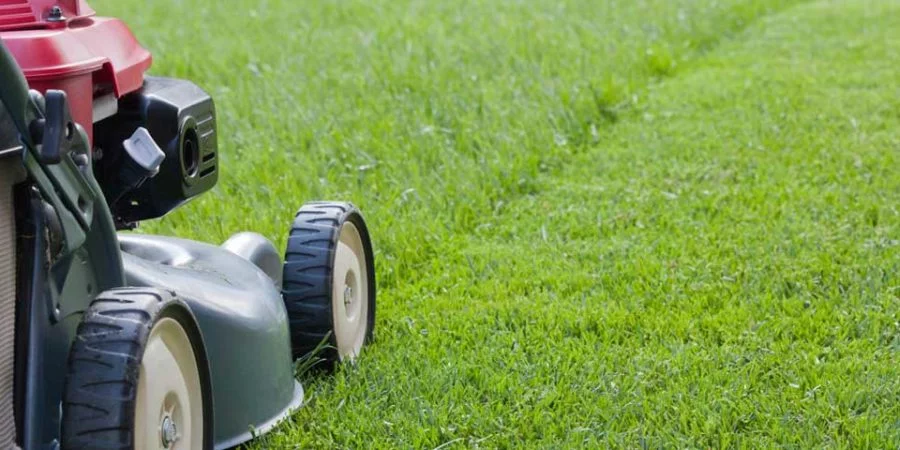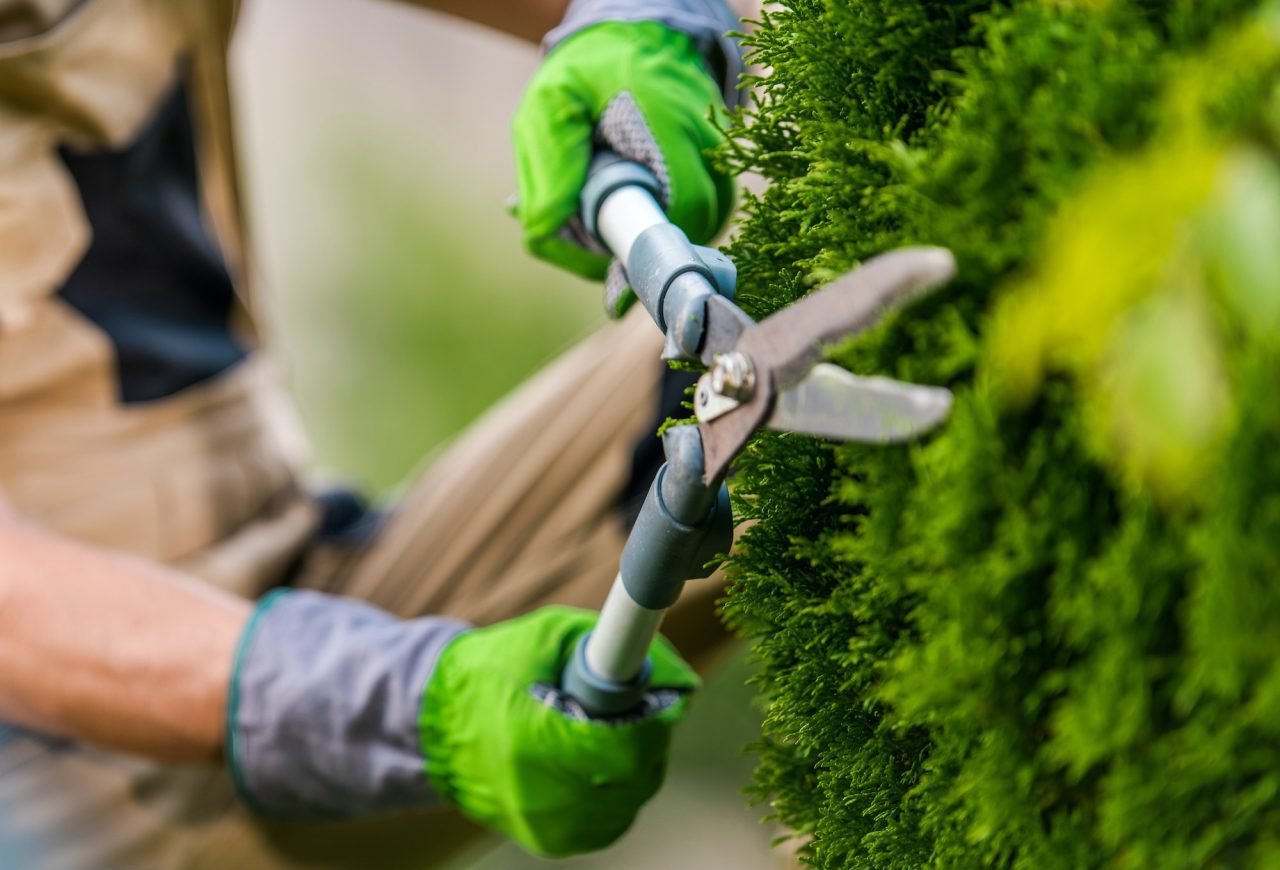In today’s bustling world, there’s something immensely satisfying about cultivating a peaceful oasis right in your own backyard. But what if you could take it a step further and create a haven not just for yourself but also for the fascinating creatures that inhabit the natural world? Welcome to the wonderful realm of wildlife-friendly gardening!…
Why Go Wildlife-Friendly?
Embracing Biodiversity
Your garden is not just a piece of land; it’s a part of the larger ecosystem. By making it wildlife-friendly, you contribute to the preservation of biodiversity. Every species you attract plays a role in maintaining the delicate balance of nature.
A Symphony of Sounds
Imagine waking up to the melodious chirping of birds or spending evenings serenaded by crickets. A wildlife-friendly garden fills your surroundings with enchanting sounds, making your outdoor space come alive.
Natural Pest Control
Let nature do the dirty work! Encouraging natural predators like ladybugs and praying mantises can help keep garden pests in check, reducing the need for harmful chemicals.
Connecting with Nature
In a world dominated by screens, a wildlife-friendly garden provides an opportunity to reconnect with nature. It’s a tranquil retreat where you can unwind, observe, and marvel at the wonders of the natural world.
Getting Started
Choose Native Plants
Native plants are the backbone of a wildlife-friendly garden. They’ve evolved to thrive in your region and provide food and shelter for local wildlife. Research the native plants in your area and incorporate them into your garden.
Create Diverse Habitats
Different creatures have different needs. To attract a variety of wildlife, create diverse habitats within your garden. Include flowering plants, shrubs, trees, and even a small pond if space allows.
Provide Food and Water
Just like us, animals need sustenance. Plant flowers that bloom at different times to provide a continuous source of nectar for pollinators. Set up bird feeders and a shallow bird bath to offer a refreshing drink.
Avoid Harmful Chemicals
Chemical pesticides and herbicides can harm not only pests but also beneficial insects and animals. Opt for organic gardening methods to keep your garden wildlife-friendly.
Welcoming Winged Wonders
Butterfly Buffet
Butterflies are some of the most enchanting garden visitors. Create a butterfly-friendly zone by planting milkweed for monarchs, dill for swallowtails, and coneflowers for painted ladies.
Bee Haven
Bees are essential pollinators. Attract them with bee-friendly plants like lavender, sunflowers, and bee balm. Avoid using pesticides that harm these vital insects.
Feathered Friends
Bird Paradise
Birds are not only beautiful to watch but also excellent insect hunters. Hang birdhouses and provide nesting materials to attract our avian friends. Plant berry-bearing bushes for a natural bird buffet.
Hummingbird Haven
Hummingbirds are tiny miracles of nature. Plant trumpet vines, salvia, and red hot pokers to entice these iridescent jewels to your garden.
Critter-Friendly Ground
Toad Abode
Toads are fantastic pest controllers. Give them a home by placing a small toad house and providing a damp, shady spot in your garden.
Hedgehog Hideaway
Hedgehogs are adorable and beneficial garden visitors. Create a cozy spot with leaf piles and logs for these spiky garden guests.
Maintenance and Enjoyment
Regular Pruning
Maintain the balance between wild and tamed. Regularly prune and trim to ensure your garden remains a welcoming place for wildlife and a pleasant space for you.
Keep It Organic
Continuously choose organic fertilizers and natural pest control methods to preserve the health of your garden and its inhabitants.
Conclusion
Incorporating wildlife-friendly practices into your garden is not just about landscaping; it’s about coexisting with the natural world. By providing a haven for creatures big and small, you create a harmonious space where you and your wild neighbors can thrive together. So, roll up your sleeves, put on your gardening gloves, and embark on this incredible journey to create a wildlife-friendly garden.



